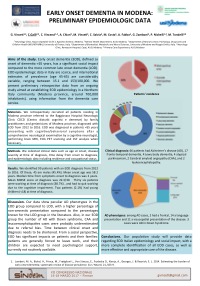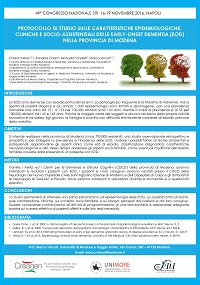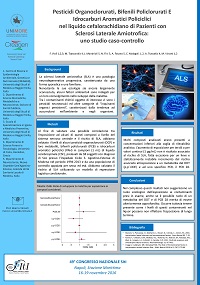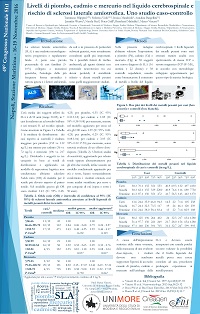Filippini T, Violi F, D’Amico R, Vinceti M
Int J Cardiol. 2016 Dec 21
Abstract
BACKGROUND: Several intervention studies have investigated the relation between potassium intake and blood-pressure, particularly in hypertensive subjects. However, uncertainties still exist about the existence and the amount of such an effect, and about the role of some potential effect-modifiers, including the baseline potassium intake and geographical area.
METHODS: We carried out a systematic review of the evidence concerning such relation in hypertensive subjects, performing a meta-analysis and a meta-regression of RCT with selective and validated long-term (≥4weeks) potassium supplementation. We also implemented ‘unconventional’ search strategies in order to identify all potentially interesting studies.
RESULTS: Overall, potassium supplementation decreased systolic blood pressure of 4.48mmHg (95% CI 3.07-5.90) and diastolic blood pressure of 2.96mmHg (1.10-4.82). There was little evidence of dose-response relation between blood-pressure decrease and potassium supplementation, as assessed through total achieved potassium intake in the intervention groups, difference in achieved potassium intake, and study duration. However, lower (<90mmol/day) potassium intake at baseline was associated with a higher blood-pressure lowering effect, as were higher sodium intake (particularly ≥4g/day), higher sodium-to-potassium ratio and the absence of any anti-hypertensive drug treatment. Trials conducted in Southern Europe showed the highest blood-pressure lowering effect compared with the remaining regions.
CONCLUSIONS: Potassium supplementation in hypertensives was generally associated with decreased blood pressure, particularly in high sodium consumers, subjects not on hypertensive drug treatment, and those in the lowest category of potassium intake. An adequate dietary intake of potassium, in the order of 90mmol/day, should be achieved for blood pressure control.




